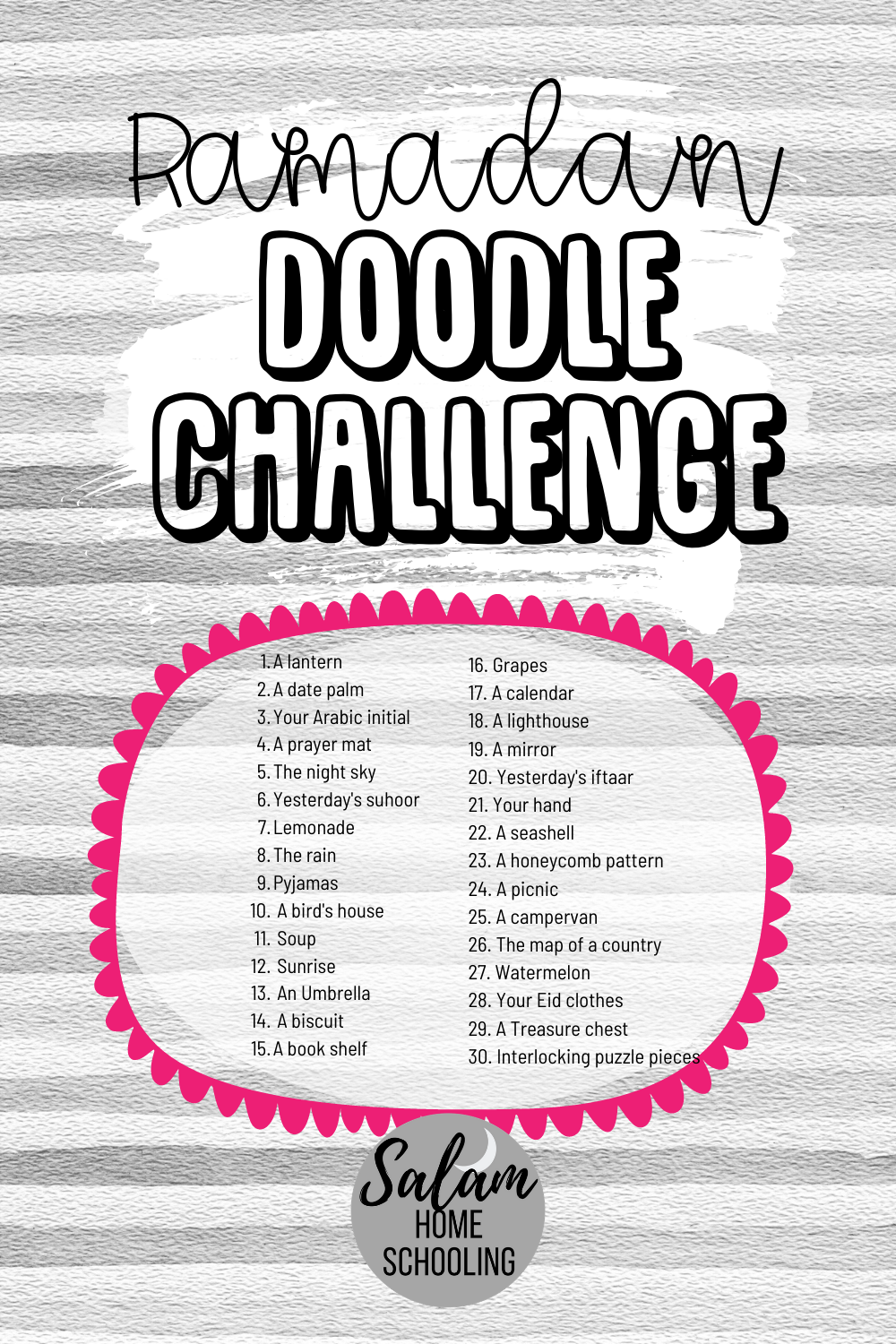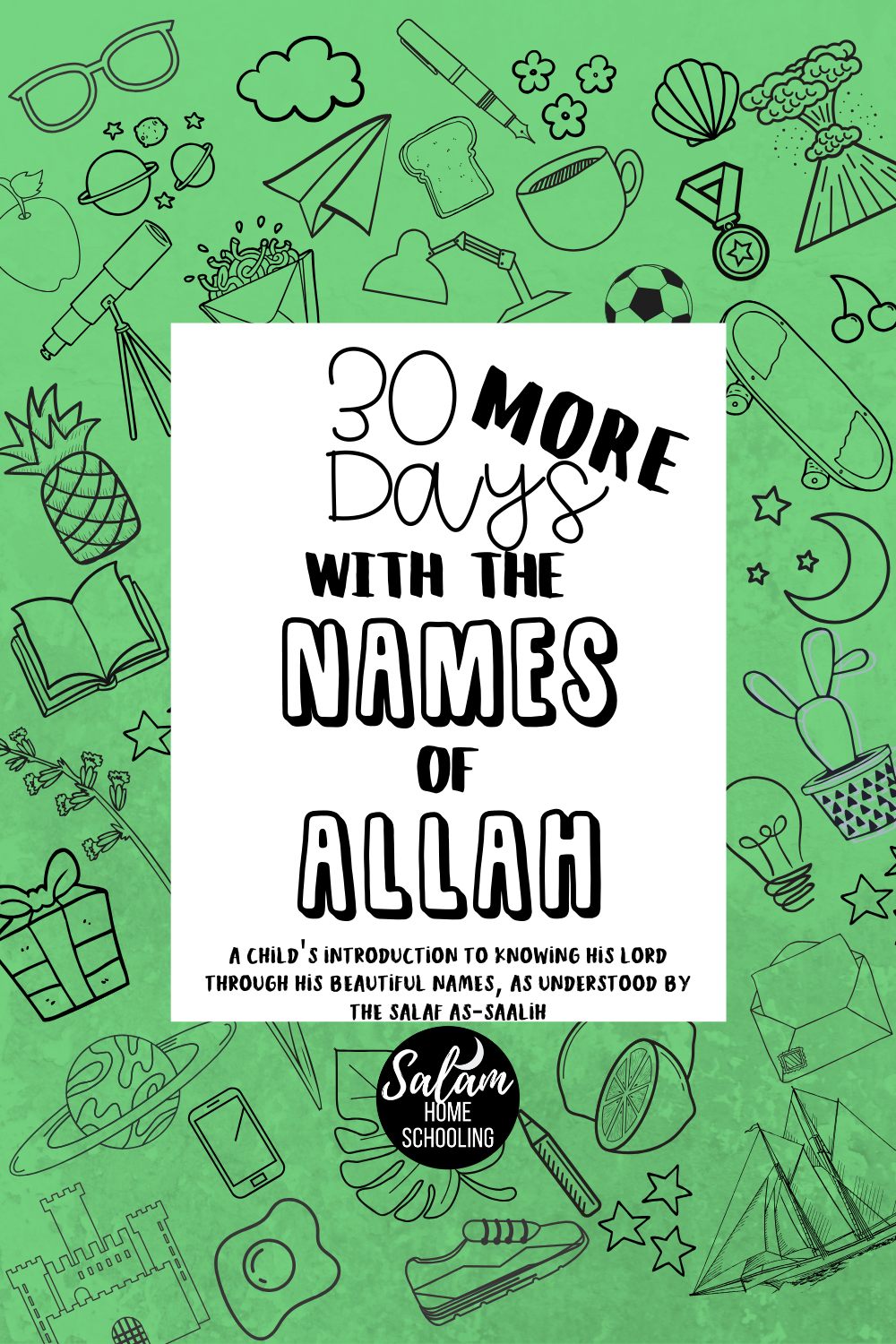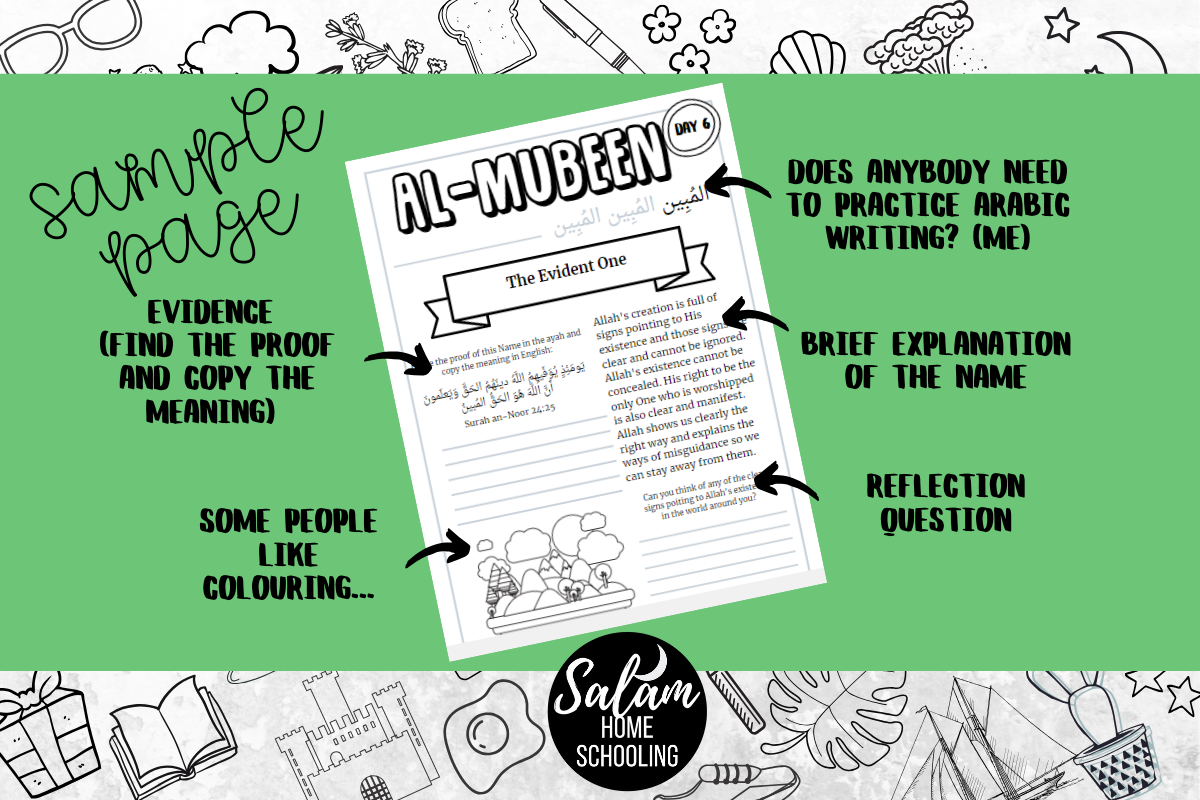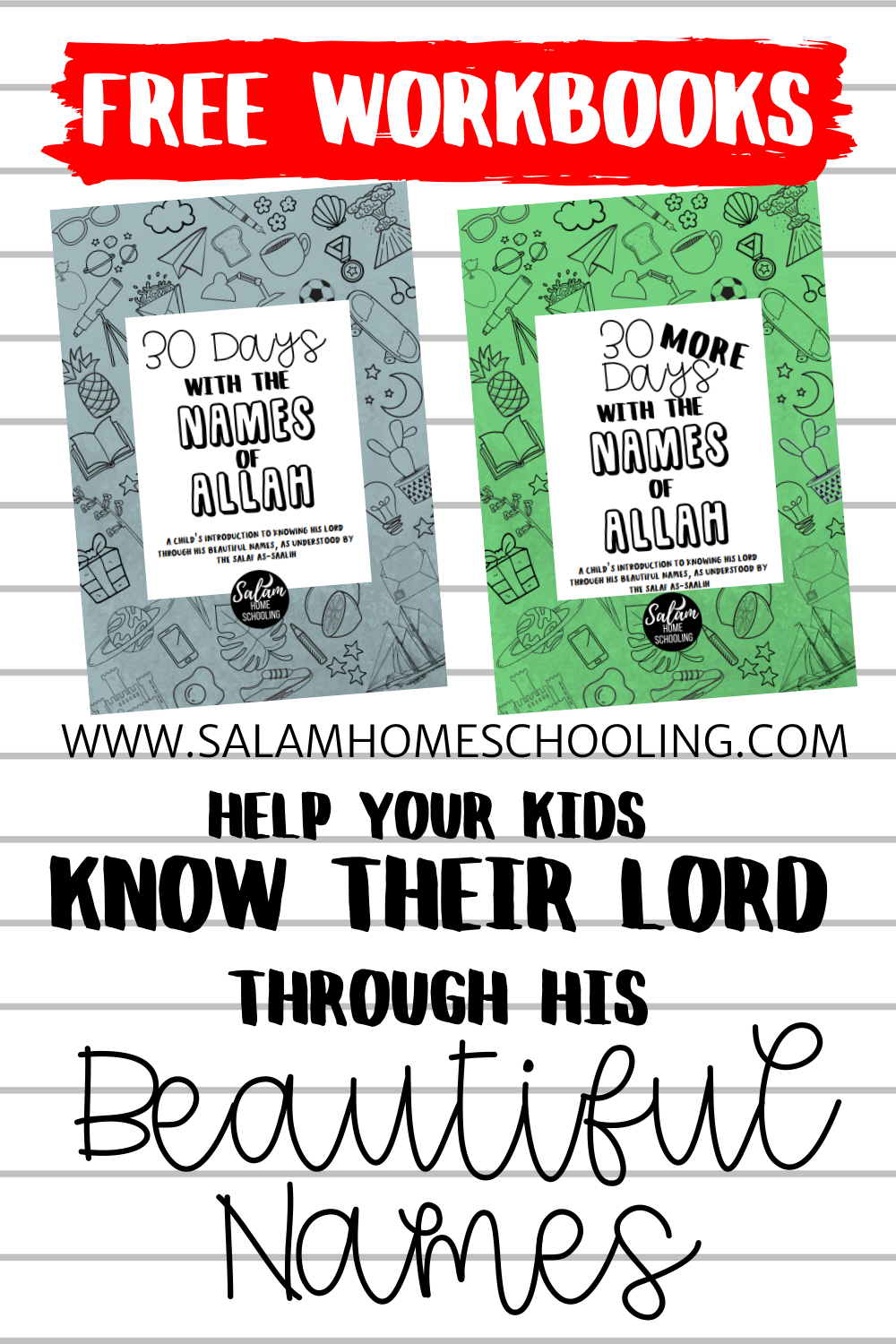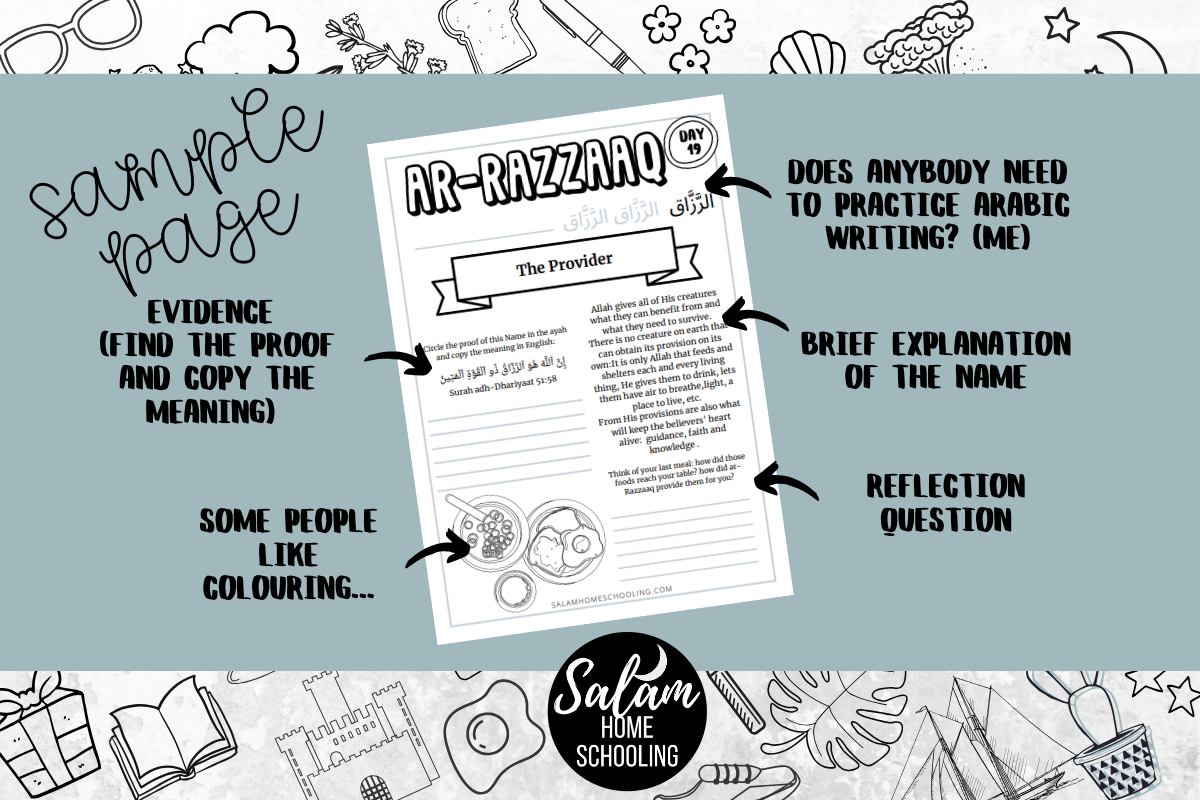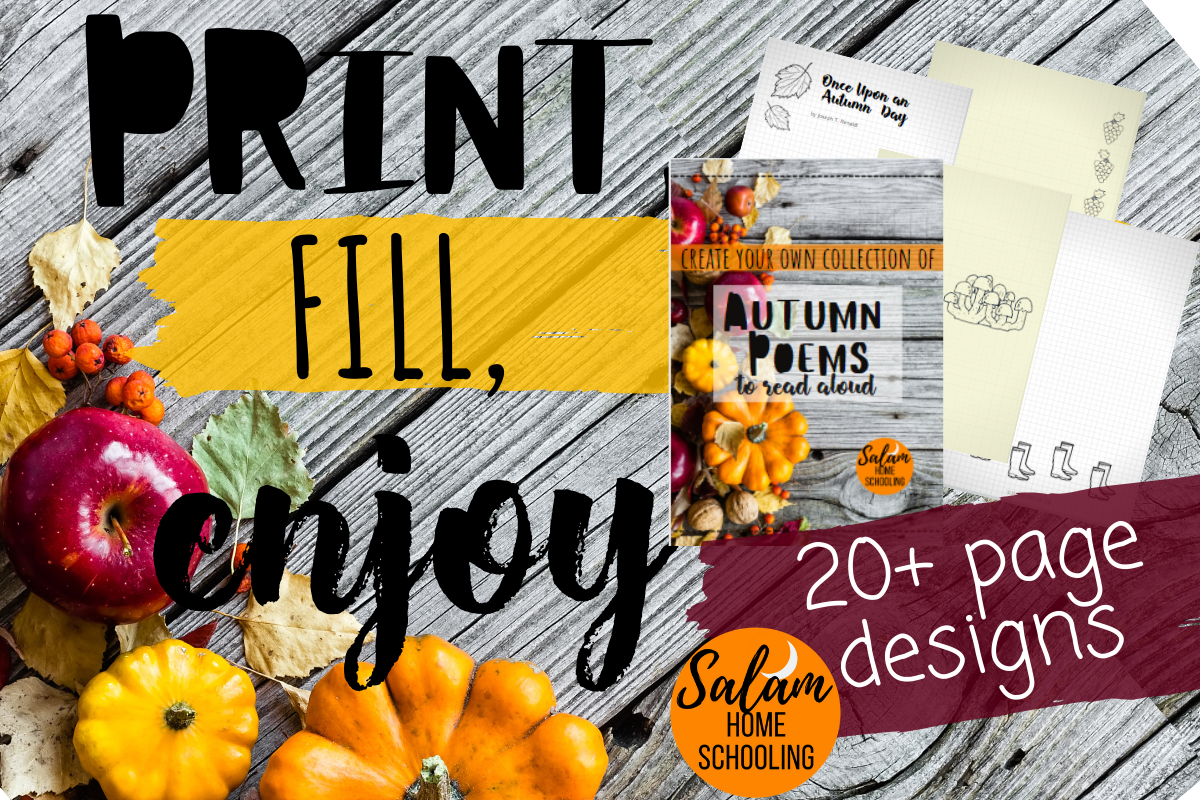Assalamo alaykum and welcome.
It is definitely not Summer anymore (I can’t help but smile – now that my kids can’t see me).
What better way to let the fresh Autumn breeze into our homeschool than with a collection of poems about this beautiful season? This is why I like to make my own collections:
I love poetry, but not all poetry.
I love books, but not all books.
I like to save a few pennies if I can.
I like to save space by not keeping on my shelf a 200 page book when we only love 5 pages of it.
When it comes to the literature my kids “drink in”, I like to be aware of it.
As a homeschooling mom, I am also accustomed to taking matters into my own hands!
For these reasons, rather than recommending poetry books to buy or borrow from the library, I compiled a list of links to poems I liked. You can click on them and see what you think.
I am not saying poetry books are not worth having; when I come across a poetry book I mostly like, I still want to have it to keep. But here and now, this little collection does save me money, space and the headache of sifting through hundreds of pages. Alhamdulillah.
DIY Autumn Poems Collection – BLANK (fill it as you like)
DIY Autumn Poems Collection – WITH TITLES (tells you what poem to put in each page)
A bunch of links and a blank notebook?
Is this really it???
Yes. Alhamdulillah.
I do not believe that “classics” (i.e. old books) are necessarily best and, for this reason, you will find in my list some poems that, being less than a few centuries old, are subject to copyright. I would never want to include something I don’t have the right to offer in my printables.
This is why you have to do some of the assembly work yourself; although I have done the research for you, which is the most time consuming part: I sifted through what I found to exclude themes that, as Muslims, we don’t care for.
DISCLAIMER: by including poems by a certain author in my list I do not mean to endorse his/her work in its entirety, nor his/her morals and world view.
Critical filters on. Always, insha’Allah.
I tried to include a variety of poetic styles, some classic poets and some contemporary ones, some very famous names and some less so and even a few translations of poems that were originally written in languages other than English. Some poets absolutely love Autumn, others totally dread it.
How does this work then?
If you have used my DIY Summer Poems Collection you will be familiar with the concept.
- Choose your printable: BLANK or WITH TITLES
- Print
- Fill with poems (your own, or the ones I suggest below)
I am offering 2 version of the printable: a BLANK version (you are free to fill the pages as you wish) and another with the TITLES of the poems I chose, to show you how you can fit them into the pages (plus, the title font looks really good – in my opinion).
Download your DIY Autumn Poems collection BLANK (free PDF) HERE.
Download your DIY Autumn Poems collection WITH TITLES (free PDF) HERE.
Once you have printed out the booklet, you can:
- Print out the text of the listed poems and stick them on
- Use the listed poems as copywork to fill it it
- Fill it in with whatever you like!
- You can also skip the booklet and read the poems straight from the websites, if you are not a paper lover…
Insha’Allah this printable will be something that you and your children can make yours, by adding some colour to the pictures, writing or sticking your favourite poems (and whatever else you like) and keep it in your book basket or take it out for your family’s Poetry Teatimes.
(Click and watch these videos if you would like more information about the book basket (also called “morning basket” or “morning time”) and poetry teatime).
How to talk about poetry
So, do you just sit there and read poems?
Yes! It is very acceptable and, in fact, desirable to just sit together, have a snack and enjoy each other’s company with some good poetry, alhamdulillah.
Don’t feel compelled to turn this into a lesson.
Poetry appreciation will occur even without worksheets and whiteboards; dare I say, it will probably happen more easily without them!
Having said so, you may want to challenge your children to spot some poetic elements, themes or devices in the poems that are read. Some people prefer a little guidance as opposed to complete freedom in an activity.
That’s why, as I read a poem, you might hear my lot shout out stuff like “rhyming!” or “personification!” or “haiku, 5-7-5!” with a mouth full of crisps.
Some very simple things to look for are:
- What type of poem is it? (free verse, haiku, rhyming, shape poem, diamond, limerick… be as specific or as general as you like)
- Older kids can work out the pattern of the rhyme, if applicable.
- Themes: what is it about?
- With seasonal themed poems such as these, you will find A LOT of colours, animals, plants and natural elements being mentioned. Younger children might like to spot those!
- What feelings are being expressed by the poet?
- What mental image does it conjur?
- Do they like it?
- Manipulate the text (and/or form) of the poem: If something has a striking pattern or topic, do they want to recreate their own by changing the topic or some other detail? Scramble the lines? Create an extra stanza? (often they will want to recreate it in a humorous way)
It is a good idea to add a few blank pages at the back of your booklet, and be ready to jot down any spontaneous poetry your kids might come up with (they might not want to write it themselves, this is supposed to be a relaxing, linguistic and literary treat, remember?).
Remember, forcing an educational task (formal or informal, written or otherwise), contradicts the ethos of Poetry Teatime and will affect the feel and the effectiveness of it.
The Poems
This are the poems I chose, insha’Allah there is something to suit everybody’s taste.
In no special order:
My Autumn Leaves – by Bruce Weigl
For the Chipmunk in my Yard – by Robert Gibb
Sonnet 73 -by William Shakespeare (also translated into contemporary English)
Fall Acrostic Poem – by Leanne Guenther
Gathering Leaves – by Robert Frost
My November Guest – by Robert Frost
Nothing Gold Can Stay – by Robert Frost
Leaves – by Elsie N. Brady
Nature XXVII, Autumn – by Emily Dickinson
The Name – of It – is ‘Autumn’ – by Emily Dickinson
Haiku (The baby cow) – by Kobayashi Issa
Haiku (In September) – by Kobayashi Issa
Haiku (The Autumn evening) – Nakamura Teijo
Haiku (Holding the umbrella) – Nakamura Teijo
Haiku 2078 – by Calvin Olsen
Haiku 2575 – by Calvin Olsen
Fall, Leaves, Fall – by Emily Bronte
Autumn – by John Clare
Pleasant Sounds – by John Clare
Autumn Birds – by John Claire
Plums – by Gillian Clarke
Autumn Fires – by Robert Louis Stevenson
October’s Gold – by Paul Holmes
Autumn Love – by Savannah M. Jones
Living Season – by Adele Maritz
Fall Time – by Anna M. Jordan (This contains a reference to what, according to Google, is a rock band, however I really liked the rest. Personally, I will omit that one line and enjoy the rest)
On a Day Like Today – by David Webb
Under the harvest Moon – by Carl Sandburg
Once Upon an Autumn Day – by Joseph T. Renaldi
Autumn Song – by Sarojini Naidu
Autumn Moonlight – by Matsuo Basho
Autumn Within – by Henry Wadsworth Longfellow
Autumn – by Charles Baudelaire
Winds of Autumn – by Saigyo
You Gave Me Autumn – by Sandra Fowler
I hope this will be a useful and enjoyable tool for your homeschool and family, in sha’Allah.
If you use the booklets please tag me on Instagram, I would love to see them in action!














